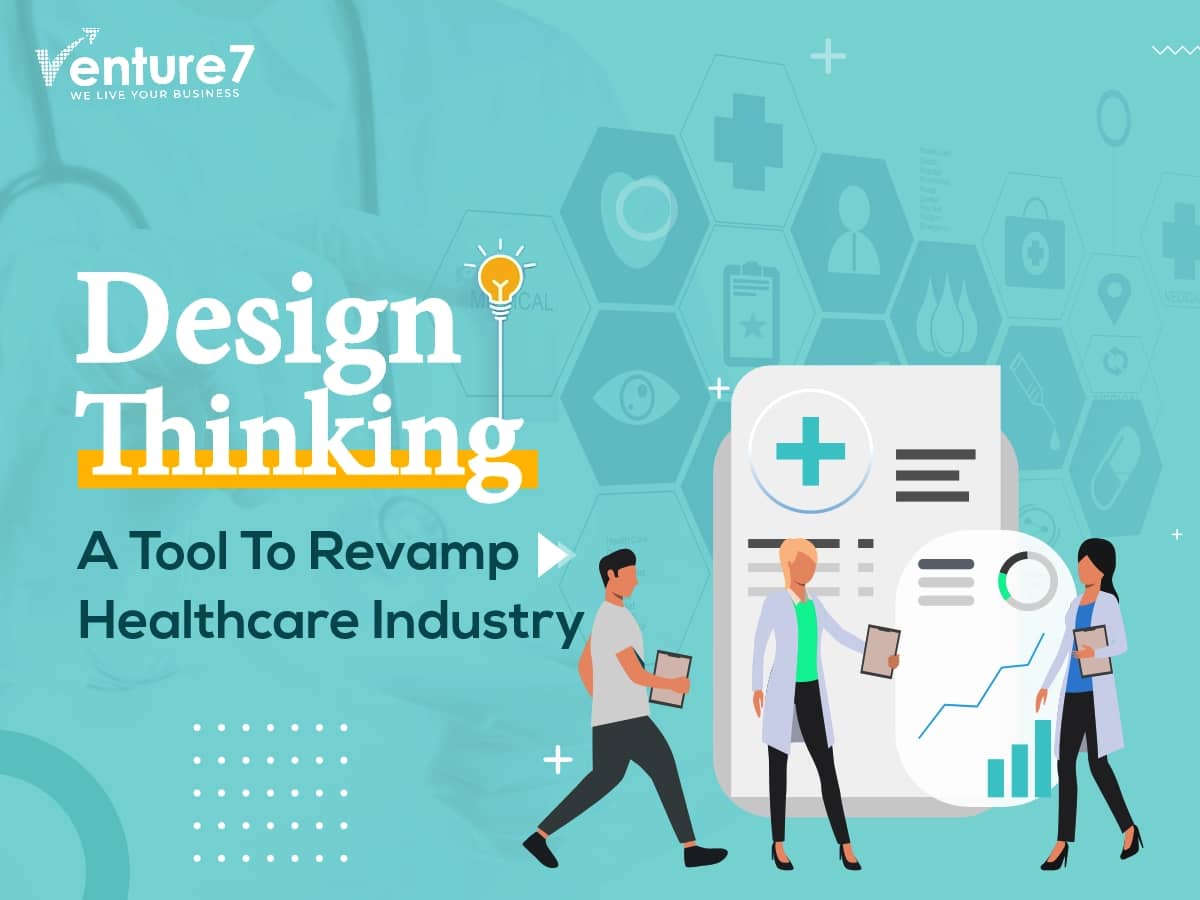The healthcare sector is going through drastic changes and is continuously evolving with the use of innovative technologies. This sector works in diverse directions with enormous departments and is realizing the importance of enhancing patient care and delivering personalized experience by infusing technologies and making various processes efficient. Design thinking plays an important role in the healthcare sector because of the number of benefits that it provides with its advanced tools and applications.
Design Thinking refers to a cognitive and strategic process that works with an aim to understand users, redefine problems, and develop innovative solutions to enhance the process of developing products and services. This technique works by involving five phases, which include empathizing, defining, ideating, prototyping, and testing. Healthcare professionals can draw various patterns by gathering data from the mentioned research qualitative methods and define the real problem to develop various advanced strategies to overcome the problem at hand.
Advantages of Design Thinking in Healthcare
Understanding Patient Challenges
Design thinking has made it possible for healthcare professionals to address a broad spectrum of various challenges that patients face to meet their needs and expectations in a better way. This technique can address challenges in diverse domains that are related to patient care and experience. It has enabled healthcare decision-makers to empathize with patients and create innovative ways to address and resolve their challenges.
Broad Spectrum Solutions
This technology has enabled multi-disciplinary thinking by collaborating with experts from diverse departments such as front-desk administrators, IT application support, clinicians, designers, etc. that diversify idea inputs from various sources and conduct efficient ideation sessions to come to a definite conclusion.
Personalized Healthcare
Design thinking can provide a broad solution space by analyzing future trends, regulatory barriers, behavioral and demographic shifts, etc. It facilitates personalized healthcare across departments with the use of various intelligent management technologies.
Rapid Solutions and Collaboration
This initiative has empowered healthcare professionals to deploy rapid solutions by driving genuine collaboration and innovative ideas that have brought transparency and accountability to operations. Collaboration among experts on common issues consolidates ideation strategies, making hospitals stand out.
Impact of Design Thinking on Information Technology in Healthcare
Enhanced Website Development
Design thinking has enabled the information technology department to build a healthcare website with reliable and accurate information. This technology can prioritize critical information for the customers and design the website accordingly. It has simplified the process of searching for a piece of information by providing more insights from a few clicks and providing frequent updates as and when needed, thereby engaging customers on the website for a long period.
Improved Doctor-Patient Communication
It has improved user experience while interacting with machines which not only reduces anxiety but also fosters seamless communication between healthcare professionals and patients, establishing a more connected and supportive healthcare environment.
Addressing Long Wait Times
Design thinking uncovers new ways to help patients feel comfortable during long wait times at hospitals by investing their perspectives and pain points. This understanding enables administrators to develop new ways to improve patients’ experiences during their time at the hospitals.
Shifting Focus to Patient Experience
The growing complexities in the healthcare department make it necessary for clinicians and professionals to explore advanced technologies that enable them to enhance their scalability of operations and deliver better customer service by providing facilities as per their needs and preferences. Many hospitals are shifting their focus to understanding the patient experience to solve issues related to patient care without incurring a heavy expenditure of costs and resources.
Strategic Problem-Solving
The collective brainpower with the use of design thinking dissects complex problems and identifies potential challenges that help healthcare professionals achieve organizational goals by creating tailored solutions through a thorough analysis of issues and putting the solutions to work.
Testing and Improvement
Design thinking also enables testing solutions before application and making necessary improvements wherever needed. This technology brings innovative ways to help patients during their treatments, delivering a better patient experience.
To sum up, the ascending influence of design thinking in healthcare, alongside its continuous evolution in tools and technologies, is notably elevating the information technology department. Undoubtedly, this technology holds the potential to become an integral aspect of the healthcare department to make operations effective and efficient.





